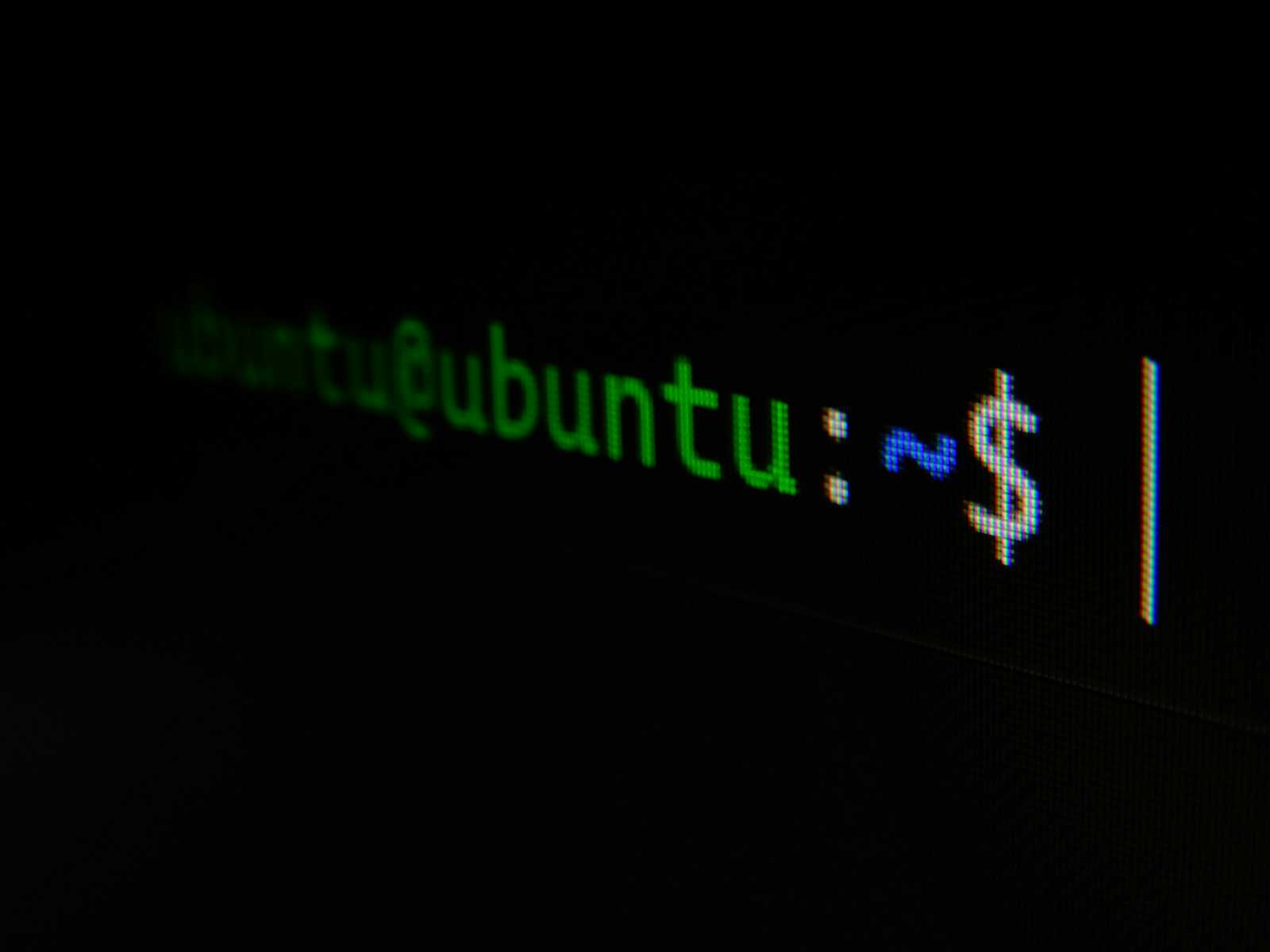Command line Interface Terms for Newbies like me
 Ifeanyichukwu
IfeanyichukwuTable of contents
- Introduction
- Command Prompt
- Command line
- Command
- Command line Interface
- Terminal
- Console
- Virtual Consoles
- Terminal Emulator
- Conclusion
- References
- PS: This is my first post on my SysAdmin Journey. As I am trying to get better at System Administration and Writing, I would appreciate any feedback I can get. Thank you.

Introduction
I decided to learn Linux seriously and move from beginner to power user. On my journey to system administration on Linux I have come across some terms that have been used to describe the command line interface. These are terms that I have used without putting much thought to it, sometimes misusing them. I am glad that I can put a face to the names now. Since I enjoyed learning about these terms I hope the same for you, beginner/enthusiast like me.
Of course you can use whatever terms you like as long as you get your point across and do what the job requires but these terms feel good to know for sure.
Command Prompt
A command prompt is a sequence of characters used in a command-line interface to indicate readiness to accept commands. It literally prompts the user to take action, with the cursor blinking. A prompt usually ends with one of the characters $, %, #, :, > or -and often includes other information, such as the path of the current working directory and the host name

Command line
A command line is the line on the terminal that contains the command prompt and any commands that you type.

Command
Commands are how you tell Linux to do work for you. Some commands make use of one or more options depending on your specific needs. Commands in Linux have a general syntax that is easy to understand.
command [-o(options)] [arg1] [arg2] … [argN]
Command line Interface
A command-line interface is any texted based user interface that connects to the Linux operating system and allows the user to type commands and see the result of the typed commands.
Terminal
The word terminal is mostly used to refer to the different types of terminal emulators that we have. A computer terminal in the actual sense is an electronic hardware device that can be used for entering data into and receiving data from a computing system. The terminal provided a means of interacting with a mainframe or a Unix computer host. An example is the DEC VT100
Console
A console is a special type of terminal because it is the terminal used for system administration. It is the only terminal on which system-level error messages are displayed. There can be many terminals connected to a mainframe but only one can act as the console.
Virtual Consoles
I derived much enjoyment learning about virtual consoles because I could immediately try it out and see for my self. Virtual consoles is completely new knowledge for me and it probably is for you as well, so it is possible you will find it as fun learning as I did.
Linux typically provides the capability for multiple virtual consoles to allow for multiple logins from a single, standard PC keyboard and monitor. Each virtual console is assigned to a function key corresponding to the console number.
The function key F1 is assigned to the first virtual console, F2 is assigned to the second and so on. On my own computer, the F1 - F6 work for me. On a physical computer you can hold down the CTRL-ALT keys and then press F2 to switch to the second virtual console. Then hold down the CTRL-ALT keys and then press F1 to switch to the first virtual console.
You can try it out now.
Terminal Emulator
A terminal emulator is a software that emulates a hardware terminal. A terminal emulator inside a graphical user interface(GUI) is often called a terminal window.
Most terminal emulators are graphical programs that run on a Linux graphical environment like KDE, GNOME, XFCE etc. Some examples are Tilix, Terminator, Konsole, GNOME terminal etc.
Conclusion
Getting to learn about and new knowledge is what makes learning exciting for me. I are as excited as I am. Thank you for reading.
References
PS: This is my first post on my SysAdmin Journey. As I am trying to get better at System Administration and Writing, I would appreciate any feedback I can get. Thank you.
Subscribe to my newsletter
Read articles from Ifeanyichukwu directly inside your inbox. Subscribe to the newsletter, and don't miss out.
Written by
